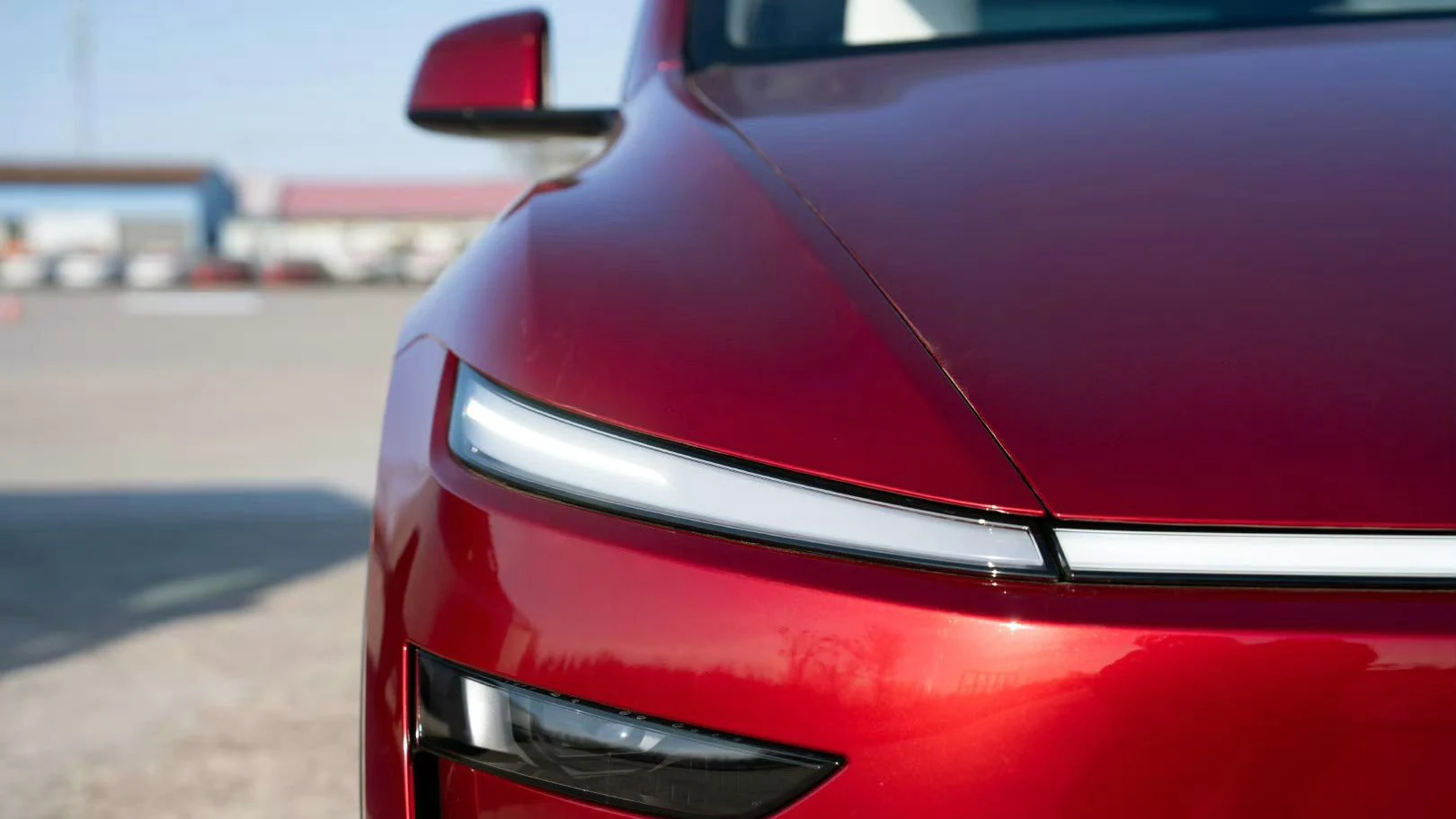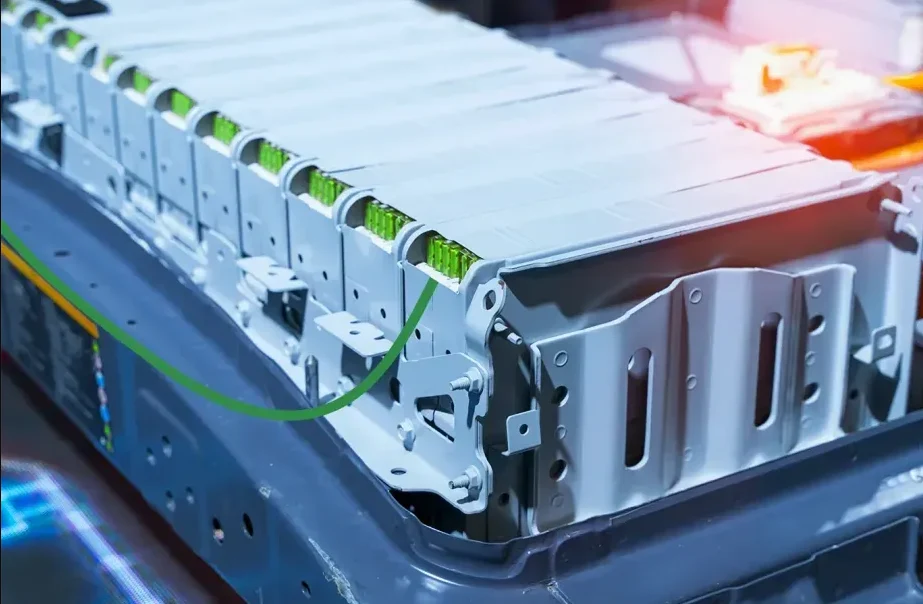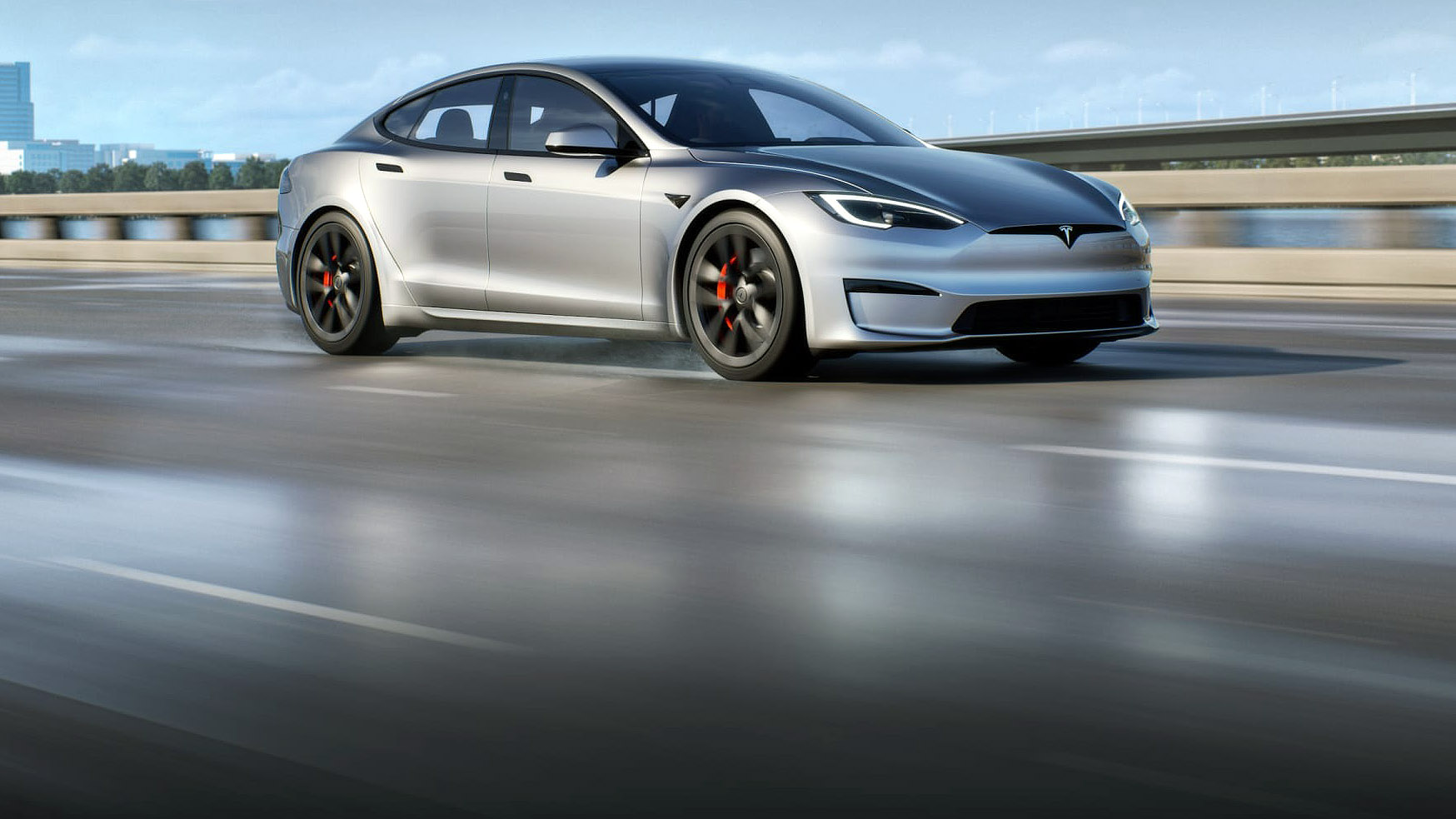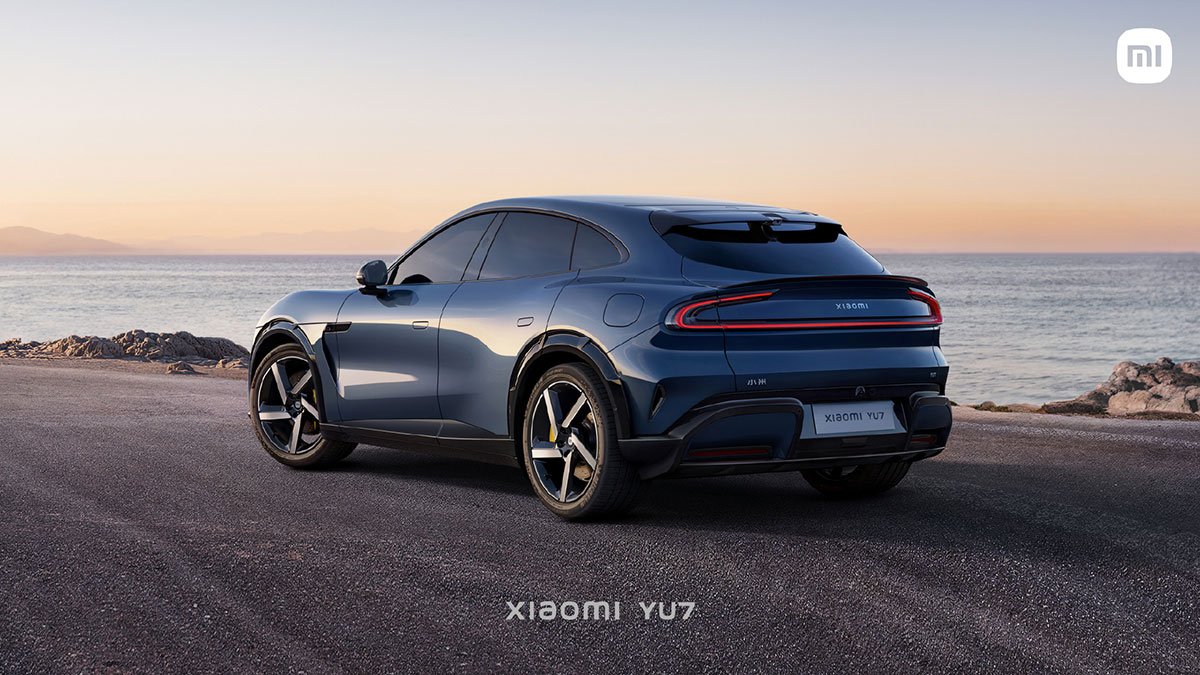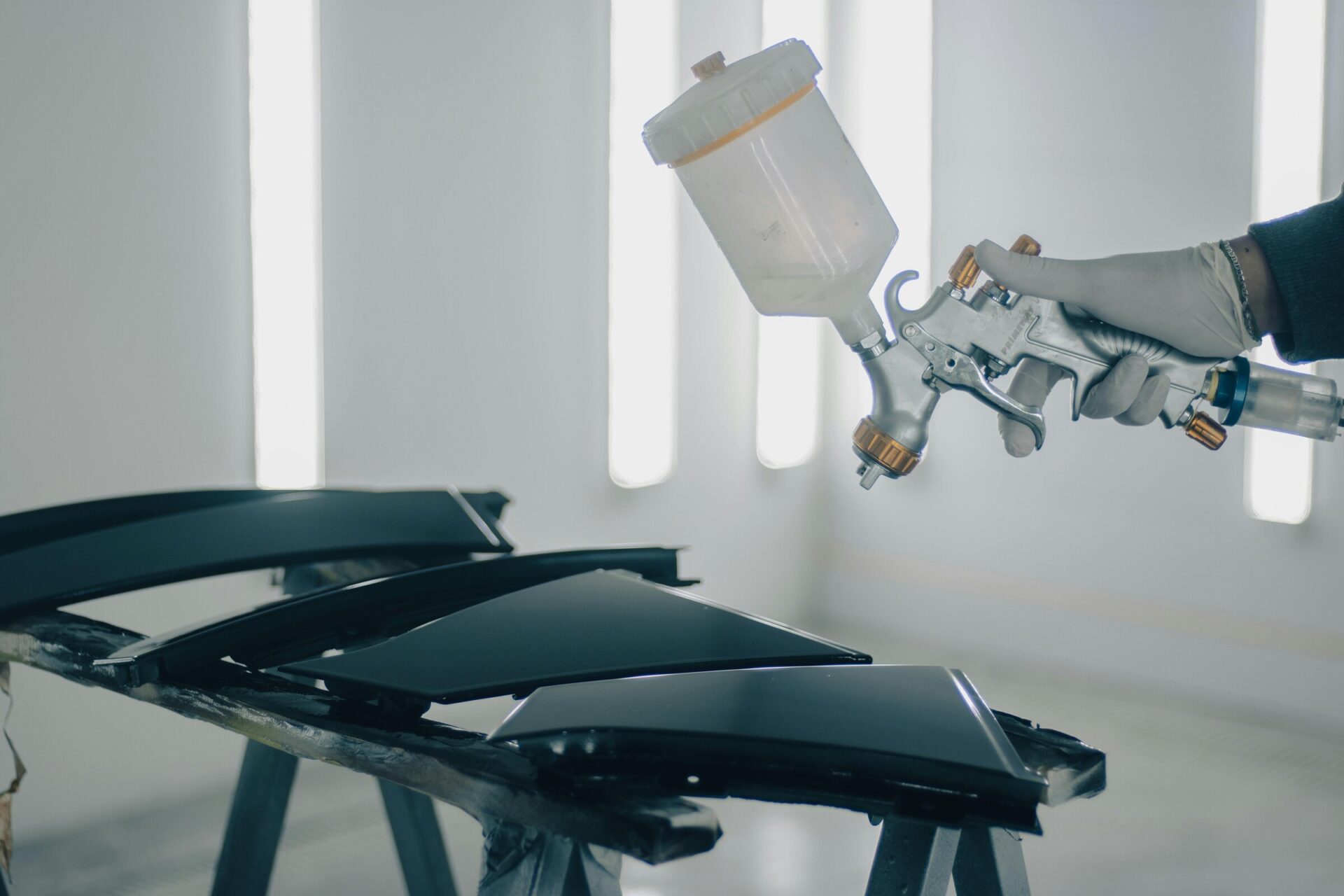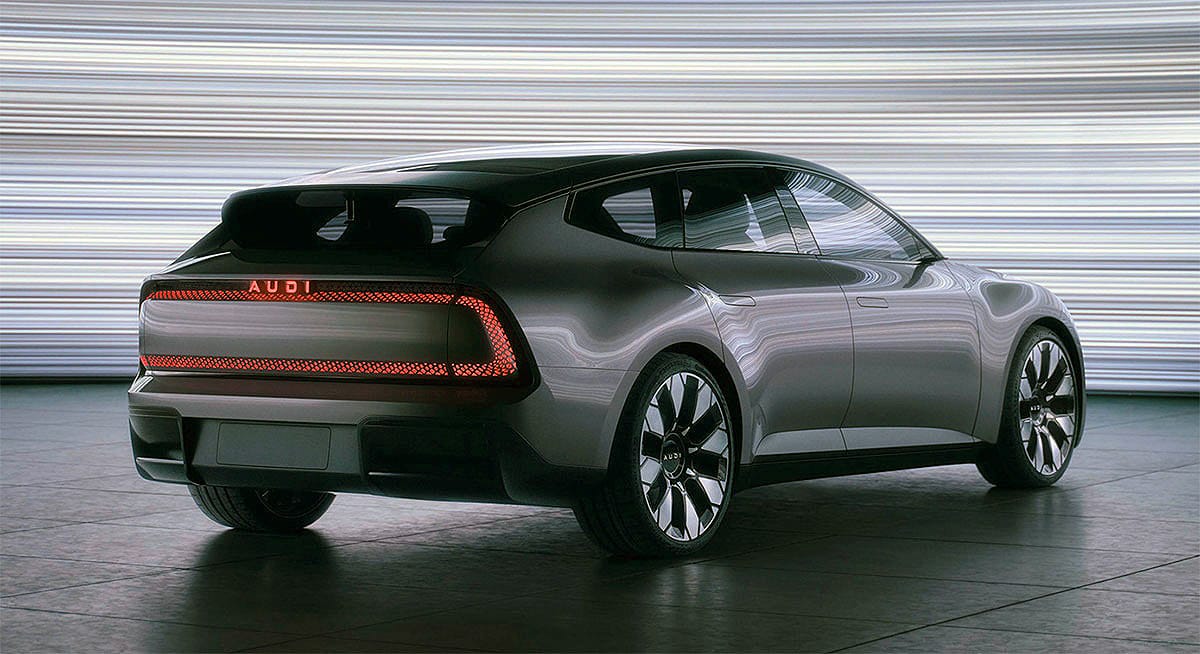A recent study from the UK titled “the closing longevity gap between battery electric and internal combustion vehicles” suggests that concerns regarding the lifespan of electric vehicles (EVs) may be exaggerated.
Improved Lifespan of Modern EVs
The research indicates that earlier issues with electric cars, which led to more frequent repairs and shorter lifespans, have been largely resolved in today’s EVs. Their lifespans are now similar to those of gasoline cars, even when used more heavily. This is particularly evident for Tesla vehicles, with some models having already reached over 400,000 miles. Researchers noted, “Tesla’s EVs are expected to cover an average of 204,000 miles over their lifetime, surpassing all other brands regardless of powertrain.”
Tesla vs. Other Brands
When calculating the average expected lifespan of Tesla cars, the study found it to be 20.3 years, which is longer than both petrol and diesel vehicles. Among diesel cars, VW’s Skodas are predicted to last the longest at 17.4 years, but they will cover less distance than Teslas. For gasoline vehicles, Audis might last 20.9 years, slightly exceeding Tesla’s lifespan, though they typically have much lower usage, about 143,100 miles.
Future Considerations for EV Longevity
However, researchers warn that the electric vehicle sector is still quite new, and the costs of battery replacements need to decrease to truly take advantage of their extended technological lifespan. They stated, “To fully realize the benefits of a longer BEV lifespan, replacement batteries, if necessary, must be affordable relative to the residual value of BEVs without their original batteries.” As of 2020, the price for battery replacement ranged from US$4,000 for a 30 kWh Nissan battery to US$10,275 for a 75 kWh Tesla Model 3. In contrast, ICE vehicle transmission replacements cost between US$1,100 and US$3,400. If battery prices do not decline in a timely manner, owners may decide to dispose of their BEVs prematurely, which could distort comparisons of longevity with ICE vehicles.
Advancements in EV Warranties
Taking this into account, both electric vehicle and battery manufacturers are pushing for longer warranties to enhance the second-hand market. Companies like NIO and CATL are striving to establish a standard 15-year battery warranty, increasing from the current average of eight years.
The technology behind battery cell chemistry has matured to the point where CATL can provide such warranties for swap stations or commercial batteries. If a 15-year warranty for EVs becomes common, the findings of this vehicle longevity study—suggesting that new Teslas, including the forthcoming Model Y Juniper, could last for 20 years—might signal a promising trend for the future.
Source:
Link


